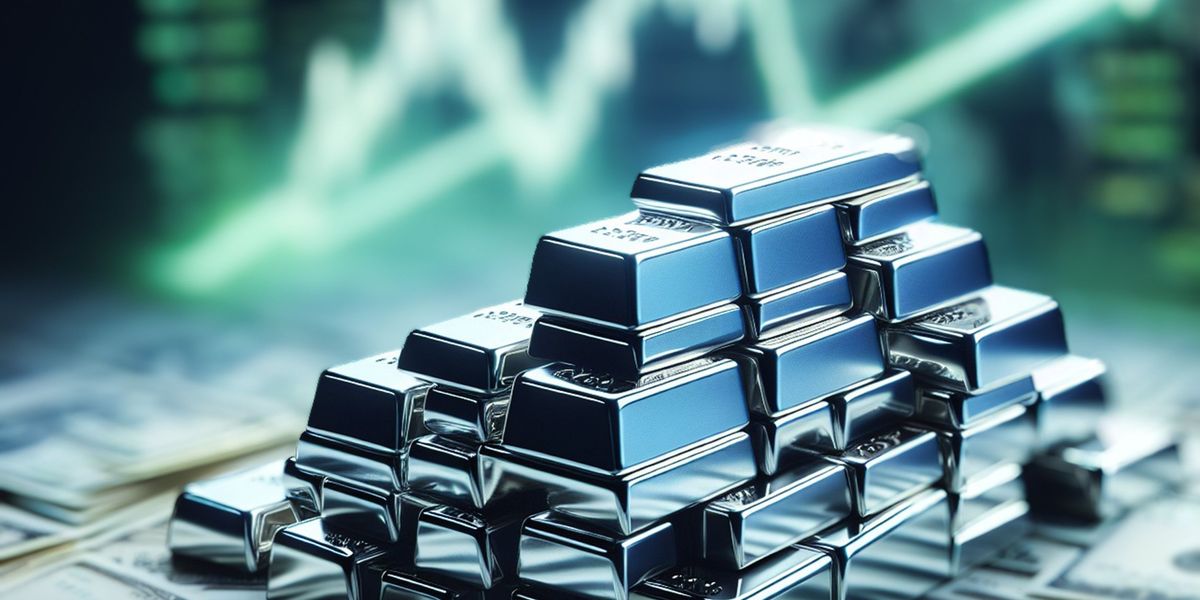The gold : silver ratio has increased over the previous years.
This article (German) suggests that on this basis the high gold price is unfounded :
 insideparadeplatz.ch
insideparadeplatz.ch
I don't know, but is this enough reason to go and get more silver - a sign that silver may "play catch up" soon
It takes up more space and weighs a lot, I have it in the form of large bars but may consider many small coins. I once saw a place selling them in tubes.
One interesting point - gold seems to have the thinnest margins for the dealers of all the precious metals, both in buying and selling.
Then there is the point someone made earlier in this thread about VAT on silver in many regions (at least UK and Germany) which will spoil the fun.
Buying silver in a country without VAT and bringing it across the border into another country where there is VAT on silver is possibly committing an offense. Not sure if it's serious though.
The dealers and the tax offices are not treating the precious metals equally, no wonder gold is doing better than the others.
The silver does get a brown tarnish on it, not that that is really harming the metal value. Probably worth polishing it before going to sell it.
A bit more on silver being underpriced :

 investingnews.com
investingnews.com
This article (German) suggests that on this basis the high gold price is unfounded :
Gold-Rallye basiert auf Angst statt Fakten – Inside Paradeplatz
I don't know, but is this enough reason to go and get more silver - a sign that silver may "play catch up" soon
It takes up more space and weighs a lot, I have it in the form of large bars but may consider many small coins. I once saw a place selling them in tubes.
One interesting point - gold seems to have the thinnest margins for the dealers of all the precious metals, both in buying and selling.
Then there is the point someone made earlier in this thread about VAT on silver in many regions (at least UK and Germany) which will spoil the fun.
Buying silver in a country without VAT and bringing it across the border into another country where there is VAT on silver is possibly committing an offense. Not sure if it's serious though.
The dealers and the tax offices are not treating the precious metals equally, no wonder gold is doing better than the others.
The silver does get a brown tarnish on it, not that that is really harming the metal value. Probably worth polishing it before going to sell it.
A bit more on silver being underpriced :

Could the Silver Price Really Hit $100 per Ounce?
Will the First Majestic Silver CEO’s silver price prediction of more than US$100 per ounce come true? The silver spot price made waves in 2020 when it rose above US$20 per ounce for the first time in four years, and the precious metal has repeatedly tested US$30 per ounce since. Since...
 investingnews.com
investingnews.com
Neumeyer's March 2023 triple-digit silver call is a long-term call, and he explained that while he believes gold will break US$3,000 this year, he thinks silver will only reach US$30 in 2023. However, once the gold/silver ratio is that unbalanced, he believes that silver will begin to take off, and it will just need a catalyst.


